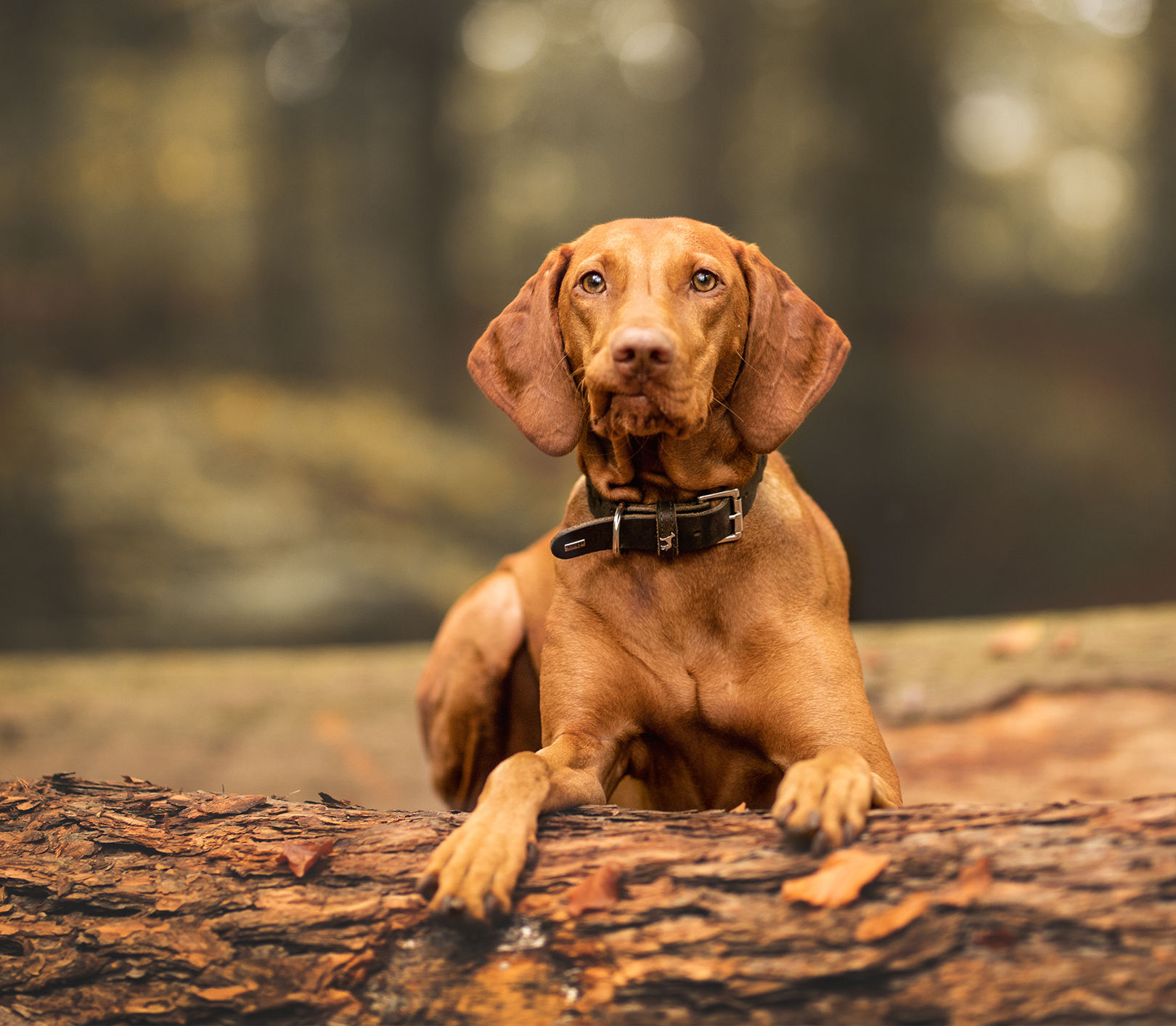Why does my dog eats wood?
Breaking apart large branches, tossing them back and forth with their mouths, or chewing leisurely until the bark is gnawed off and everything is chewed on - wood eating in countless variations seems to be a popular pastime for dogs. Do you have to worry when whole sticks and large pieces of wood are literally choked down? Can wood splinters even hurt your pet? We have answers for you.
My dog eats wood - but why?
There are many reasons why your dog eats wood, e.g.
- for dental care: Many dogs use wood and sticks as chew toys. They combine the useful with the pleasant: Chewing is not only fun, but also cleans the teeth and interdental spaces. Chewing helps puppies especially during the change of teeth.
- boredom: If your pet lacks a meaningful activity or is alone a lot, he may look for a stick to pass the time and break it up into its individual parts.
- stress: The opposite of boredom can also lead to chewing. If your dog is constantly challenged or suffers from separation anxiety, some situations may stress him so much that he displays such behaviour as a compensation.
- as a sign of illness: Wood chewing can also be a sign of an illness in the stomach or intestines. If you can rule out all other possible causes and the wood-chewing occurs frequently, it is advisable to have the dog examined by a vet.
Our tip: Some dogs also eat soil frequently or seem to be passionate grass-eaters at times. You may wonder about this as a dog owner, but you don't have to worry at first. The reasons for this are similar to those mentioned above. Nevertheless, it does not hurt to observe the whole thing carefully and keep an eye on it.
What can happen if a dog eats wood?
First of all, it can be stated: Many dogs instinctively chew on wood, so this behaviour is perfectly normal at first. However, under certain circumstances it can become quite dangerous:
- Some types of wood that your four-legged friend might catch splinter easily. This can of course lead to a splinter injuring the mouth or becoming lodged in the throat, pharynx or oesophagus and causing injury. In some cases, the pieces of wood reach the intestines and can also cause serious problems there.
- If your pet gets hold of wood treated with chemicals, these can be dissolved by chewing and saliva and be absorbed by your pet's organism and lead to poisoning.
- Another danger are branches of plants that are poisonous to dogs: If your four-legged friend has caught a branch or stick of a poisonous shrub or tree, it is best to take its chew toy away from it immediately - even if your dog does not respond enthusiastically.
What should I do if my dog eats wood?
However, if you have the impression that the wood poses an acute danger to your pet for the reasons mentioned above and is unsuitable for chewing, then you should offer him an alternative. This can be a chew toy, a chew bone or another edible chew item that he can chew on for a long time without any problems. there are also special chew roots that most dogs like very much.
If, on the other hand, you suspect that there is a serious reason (e.g. stress, boredom) behind the wood-eating, then the best way to deal with it in the long term is to find a solution to the underlying problem: Keep your dog busy, do something together or maybe give him more breaks. If you are completely at a loss or suspect a health problem, you should take your dog to the vet. Here you can have your pet checked out.
Conclusion: If your dog eats wood that you consider harmless from time to time, that's perfectly OK. If, on the other hand, it happens frequently or if the wood splinters quickly, is treated or comes from a poisonous tree, you must insist on taking it away from the dog. Instead, convince the dog to try a different chew.
What experiences have you and your four-legged friend had with chewing wood? Do you allow him to chew wood or do you prefer to play it safe and have a wide repertoire of alternatives at home? We are curious!
